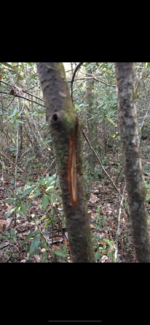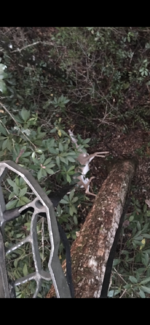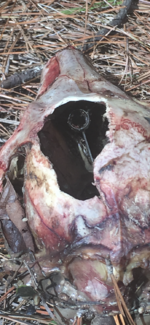As in all archery related factors its a tradeoff.
Ive seen hundreds of animals die to arrows and BHs of different flavors, my takeaways;
1) Blood on the ground is more a function of shot location than the size of the BH. Simply put, high shots bleed less than low shots no matter cutting diameter. I’ve seen plenty of high shots with big mech heads that left very little blood. Add that when an animal is hit with a big innefficient bh design, they usually run like their tail is on fire. Contrast that with the very efficient coc heads, many times the animal doesn’t feel it and either stands there or walks off slowly Usually dying in sight.
2) A bigger BH always creates more resistance thus with big BHs you risk not getting a passthrough. Its a certainty that an animal runs further faster with the one hole head and the arrow dangling out of them.
3) IMO, blood on the ground is given a lot of emphasis by todays bowhunters. Sure you can kill them with blood loss but that will never beat catestrophic system failure. Ive heard of a few elk horror story 2,3,4 mile track jobs and lost them.
A pass through to the lungs creates a pressure failure- the lungs cannot inflate. How far can you go on 1/2 of a breath?
Cut a hole through the heart or the bundle of major arteries above and the heart stops quickly. We don’t need a huge hole for these system failures. A bigger cut might not get the penetration needed to reach these critical systems.
Then again, shoot a super heavy arrow like Sapcuts and you can use one of these big ass BHs because you have the arrow weight behind it.
Its all about your priorities and as this thread has illustrated, there is no one size fits all !
-
—






